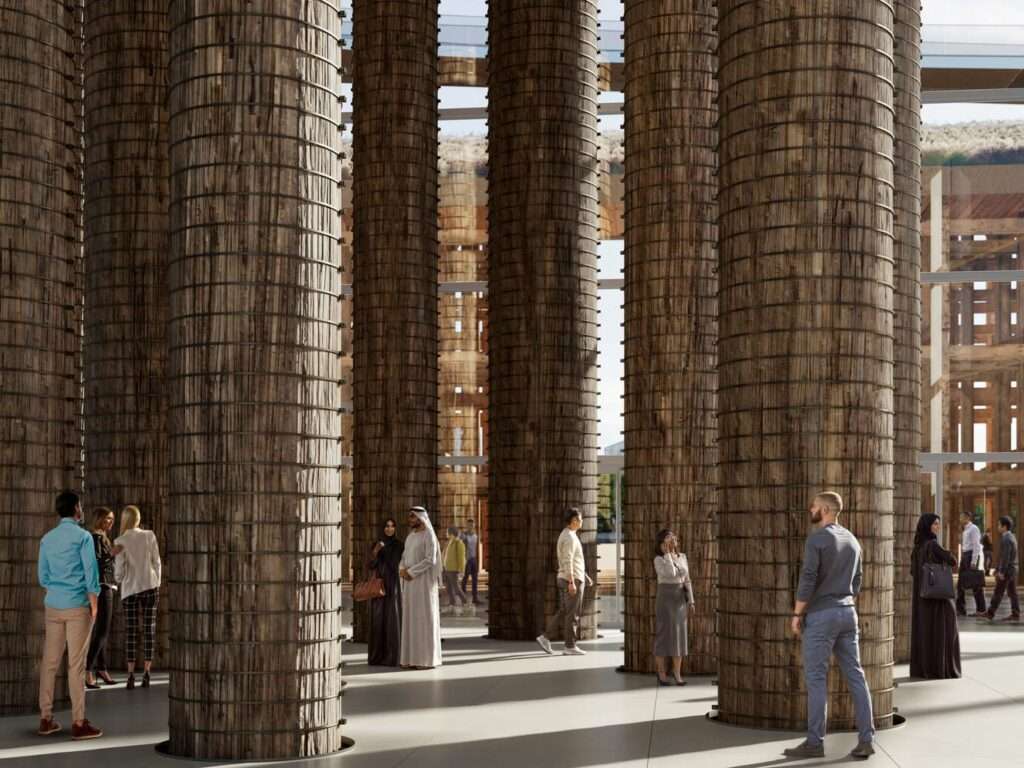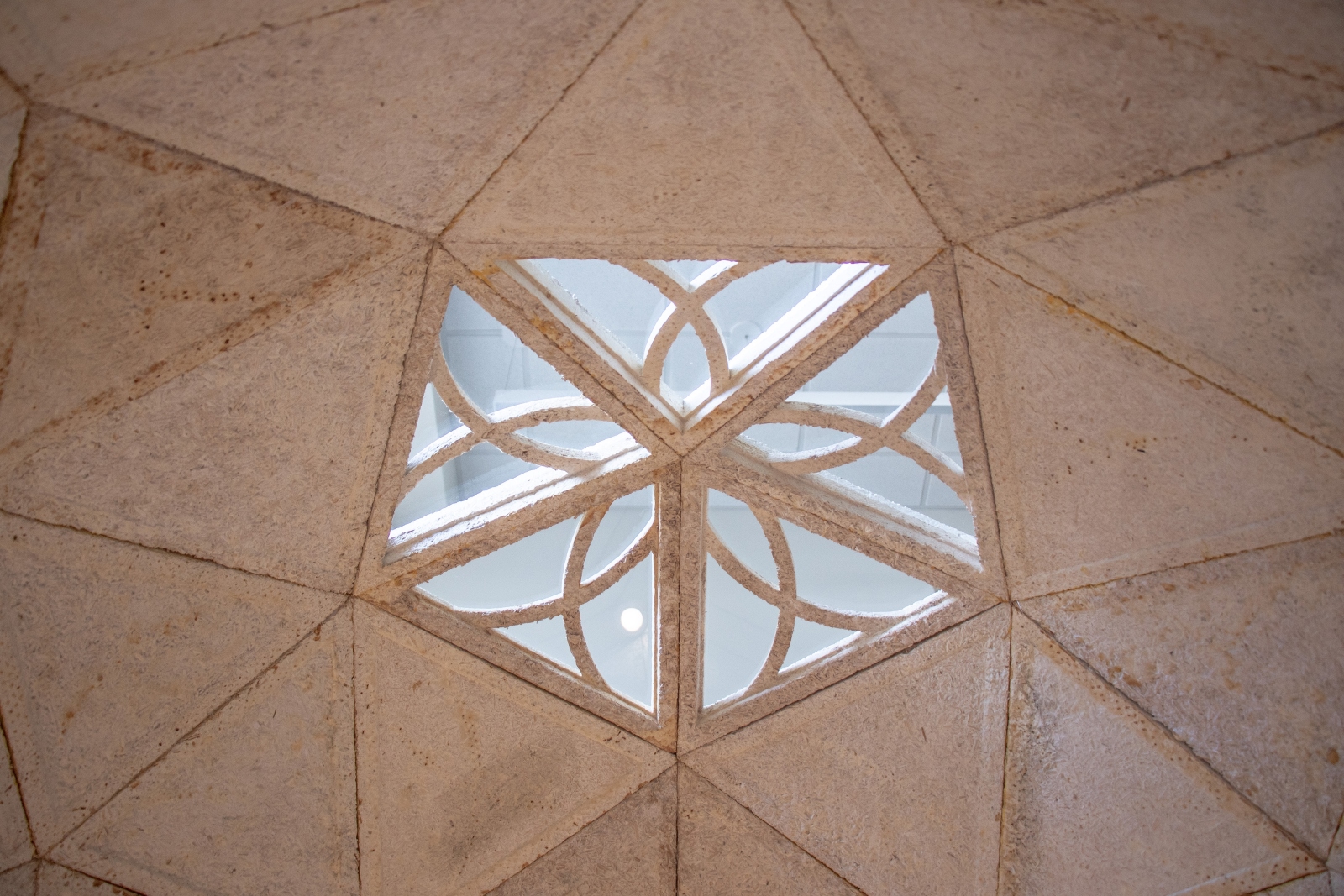Expo 2025 Osaka promises to be as exceptional as any previous World Fairs, if not even more remarkable. With the theme “Designing Future Society for Our Lives”, 40 countries are expected to participate in the next year’s Expo. Today we are focusing on five countries that have already presented plans for the Pavilions, where they will get to present projects and ideas that can make our future better.
China
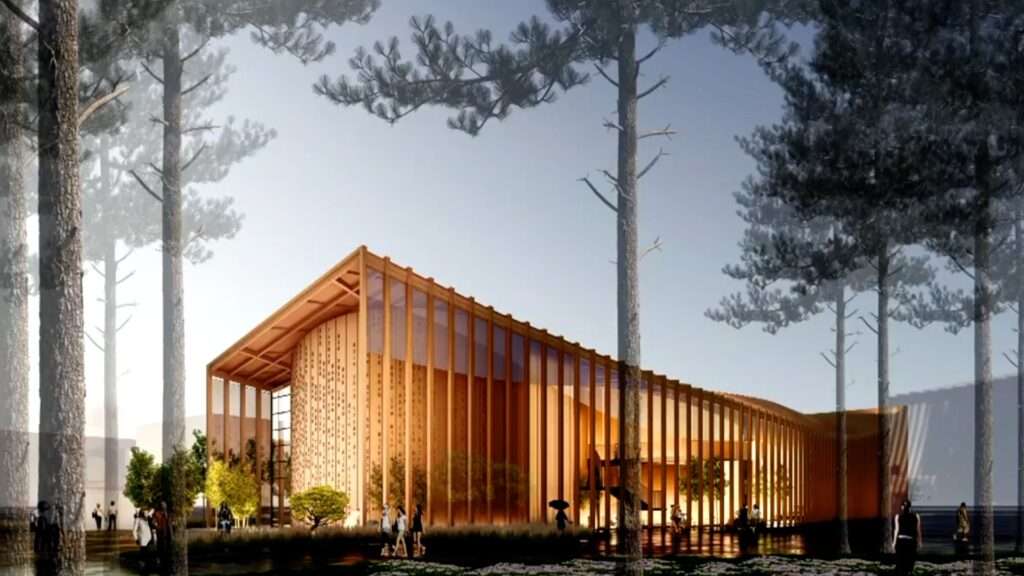
China presented its Pavilion “Building a Community of Life for Man and Nature — Future Society of Green Development” focusing on the Chinese philosophy of humans living in harmony with nature. The design of the project was done by Cui Kai, the Chief Architect of China Architecture Design & Research Group (CADG) with an exterior inspired by bamboo slips and traditional Chinese calligraphy scrolls.
The human-nature co-existence is also represented in the design of the Pavilion with the exhibition hall being free of columns and incorporating natural light—amplifying the human and nature connection. Besides the philosophical part, there will be cultural events that will enhance cultural exchange between visitors from other countries and China.

Canada
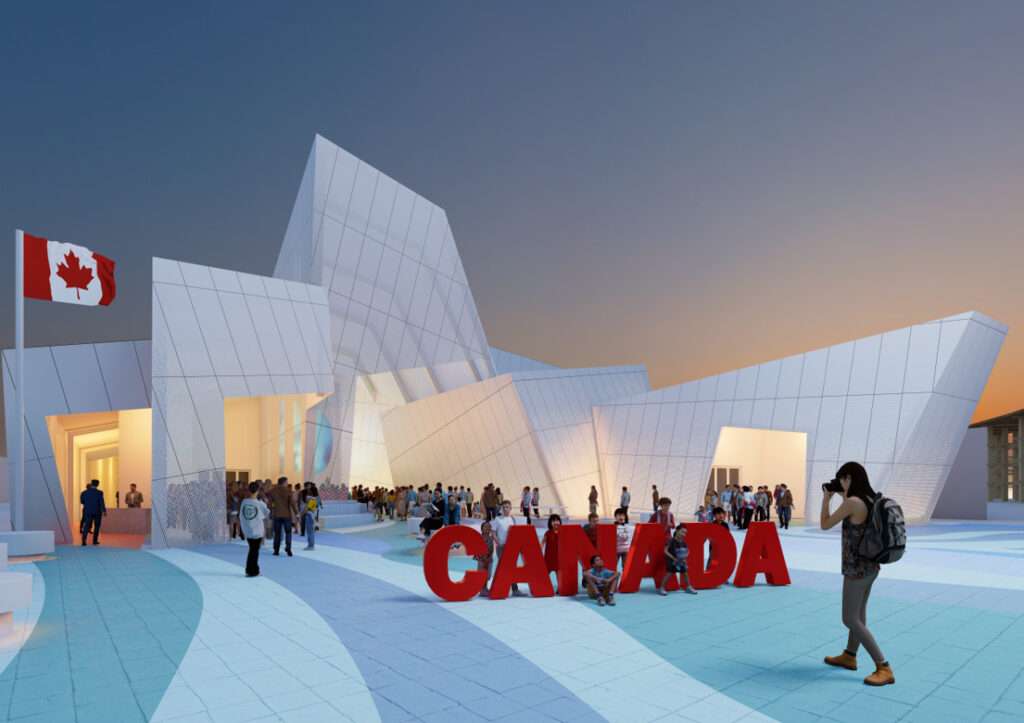
The Canada Pavilion will focus on “Regeneration” with its exterior looking like a Canadian natural phenomenon of ice melting on the surface of the river and creating fleeting ice formations—known as an ice jam. The interior, on the other hand, will represent the watercourse of the river throughout Canada.
The Pavilion will highlight Canada’s diversity, innovation, and sustainability thanks to the Rayside Labossière architects and architect Guillaume Pelletier‘s design featuring 55% of rented and reused structures. It makes the pavilion not only easy to assemble and dismantle but also a representation of the country’s sustainable approach.
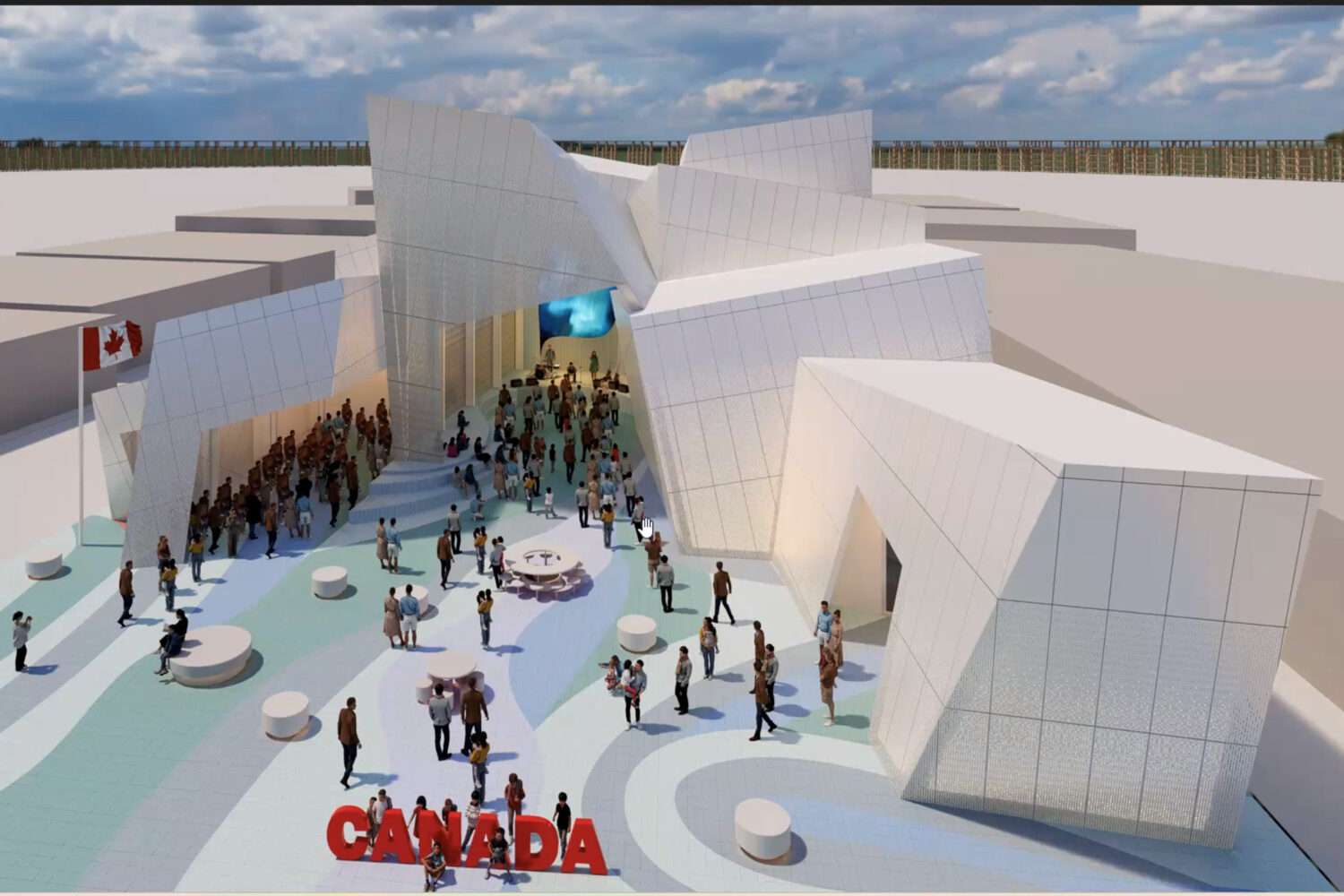
Czechia
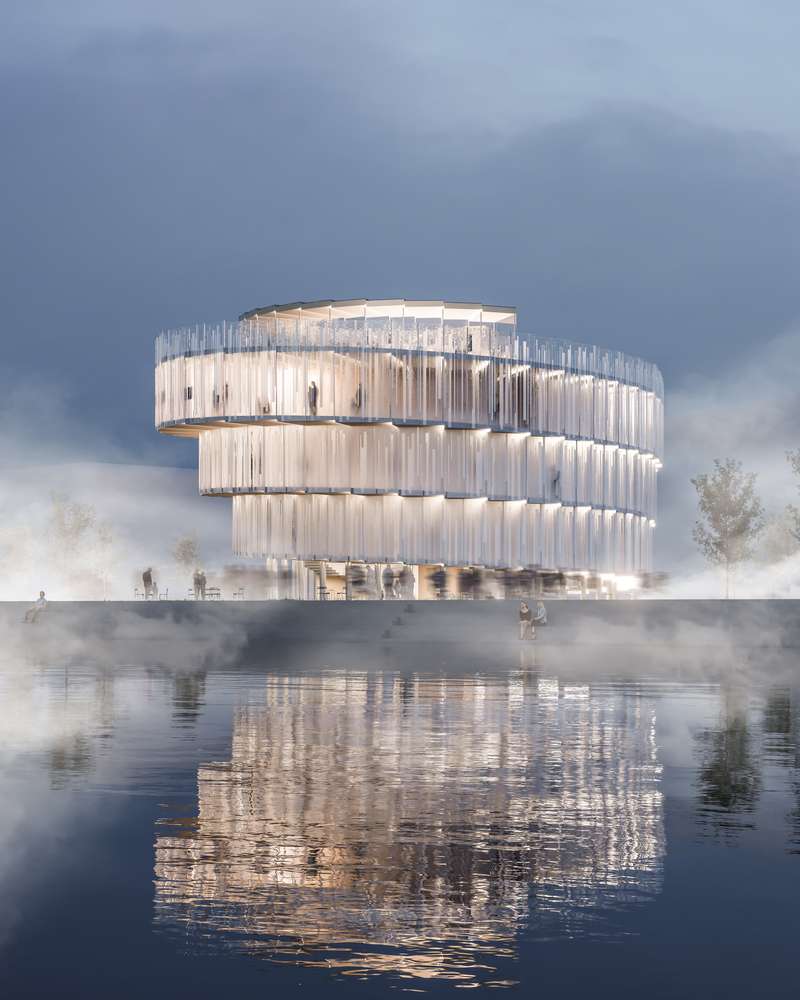
The Czech Pavilion, designed by Apropos Architects, is a homage to the country’s glassmaking tradition with its outstanding glass exterior. The theme of the Pavilion is going to be focused on the movement and preservation of physical health, which is emphasized in the spiral facade of the building. The focal point is the hollow multifunctional auditorium tube (15,5 meter-diameter and 12 meter-high) located in the exhibition space.
Czech Pavilion, similar to the Chinese, has its philosophical idea behind the design. The project represents the spiritual and cultural connection behind physical activity—as only with the movement of the body and soul merged can one ascend in life and cultivate inner energy.
The highest floor of the Pavilion offers a grand view of the sea with a viewing terrace, restaurant, and bar. While the staircase that takes visitors to the ground floor, also plays a role in the exhibition—as it represents transcending to the final chapter.
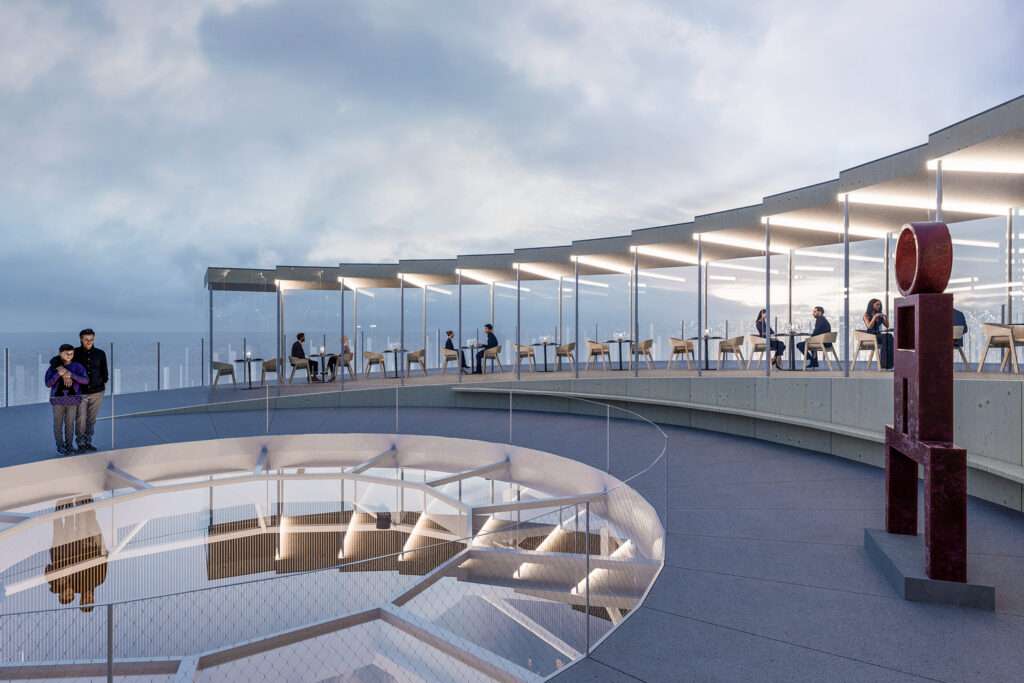
Germany
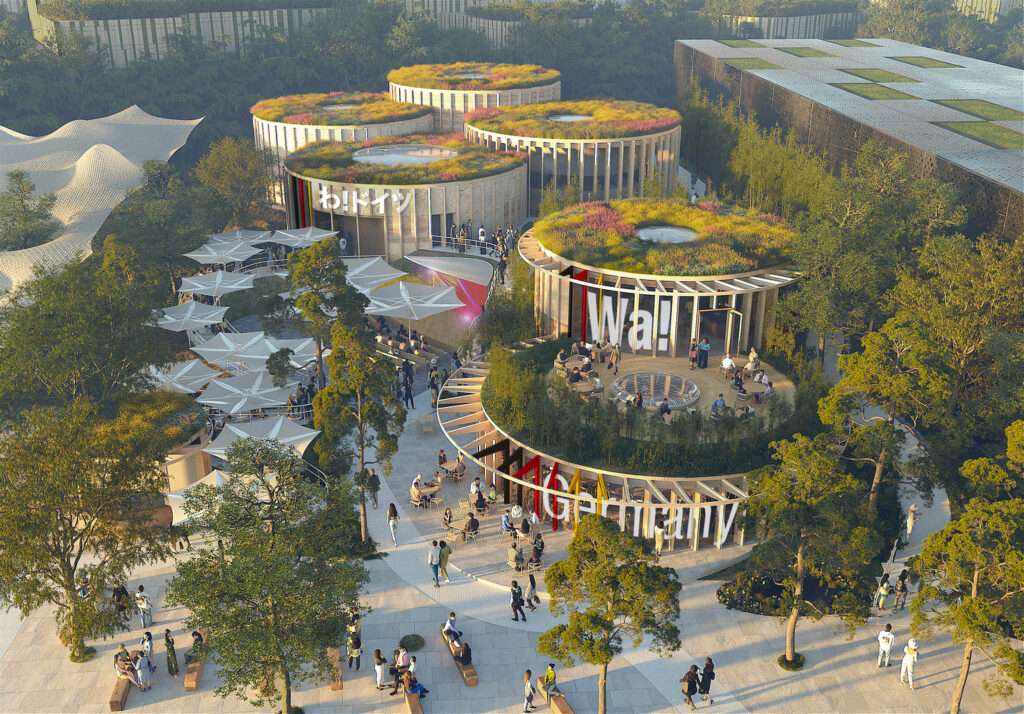
Germany presented its Pavilion designed by the Laboratory for Visionary Architecture (LAVA) which looks so spectacular that even its name screams “Wa! Doitsu,” Japanese for “Wow! Germany.” Its architecture conveys the theme of circularity with seven round wooden elements and integrates nature emphasizing the zero-waste concept along with minimal resource consumption. Additionally, two cylindrical structures will accommodate the exhibition and hospitality areas, blending into the green space.
The theme of the Pavilion will focus on combining nature and technology with the concept of circularity accentuating sustainability. Just like Canada, Germany will use reusable and recycled materials when building the Pavilion.
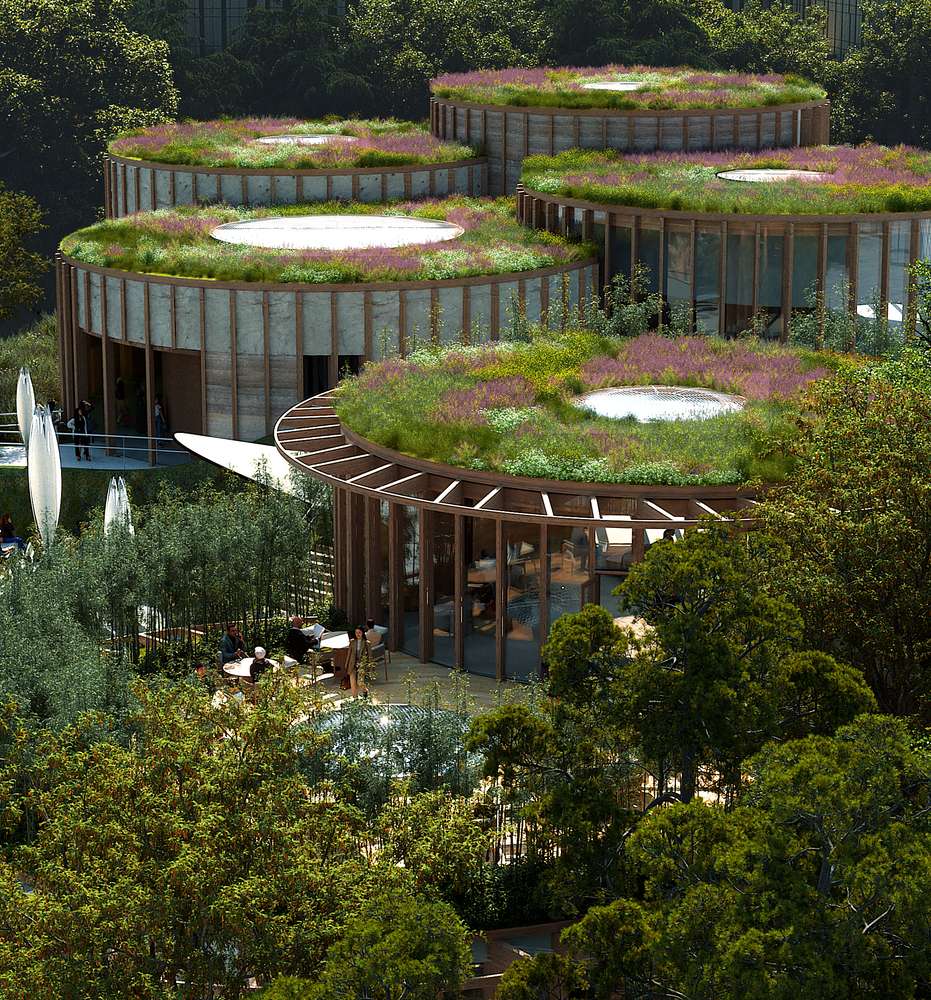
UAE

Last but not least on the list of the Expo 2025 Pavilions is UAE with its date palm tree-inspired design. The Pavilion will offer a diverse program and will present an opportunity to foster and deepen connections for diplomats, researchers, academics, and students. You can expect interactive exhibits, entertaining workshops, and immersive events aimed to encourage global collaboration.
UAE is demonstrating its commitment to sustainability by using agricultural waste of palm tree rachis and stems for building the Pavilion. Using Japanese expertise in wooden building techniques, it seeks to re-examine the UAE’s ancestral heritage by introducing new methods and materials.
